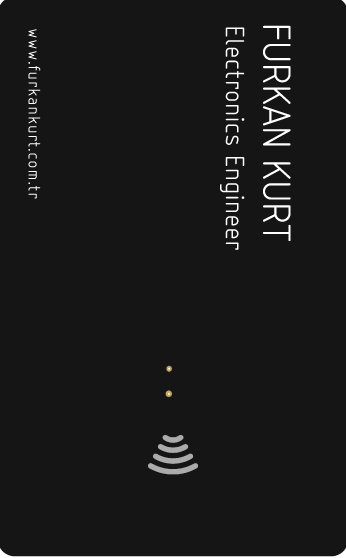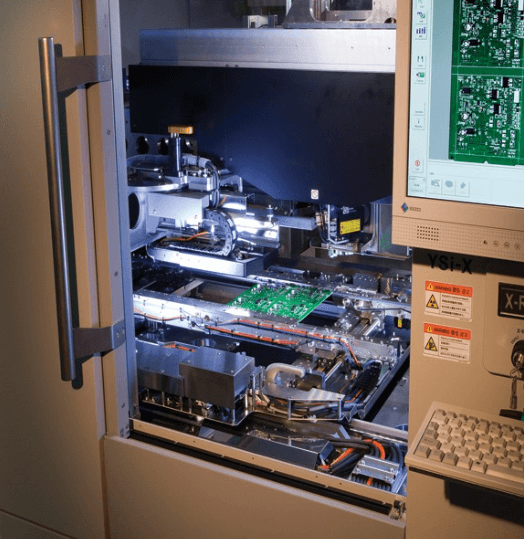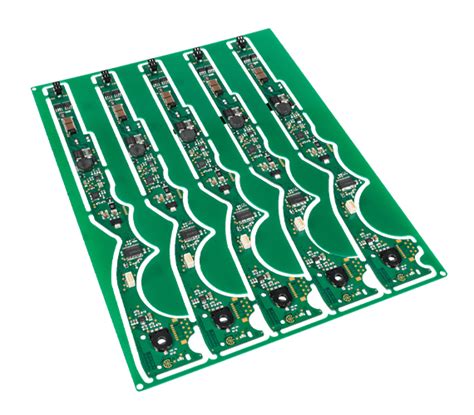7 Tips: How to Avoid PCB Electromagnetic Problems?
Electromagnetic compatibility (EMC) and the associated electromagnetic interference (EMI) have always required system design engineers to keep their eyes open. In today’s situation where circuit board designs and component packages are constantly shrinking and OEMs are demanding higher-speed systems, these two major issues are particularly headaches for PCB layout and design engineers.
EMC is closely related to the generation, propagation and reception of electromagnetic energy, and EMC is not desired in PCB design. Electromagnetic energy comes from multiple sources and they are mixed together, so special care must be taken to ensure that various signals are compatible and do not interfere with each other when different circuits, traces, vias and PCB materials work together.
EMI, on the other hand, is a destructive effect generated by EMC or unwanted electromagnetic energy. In this electromagnetic environment, PCB designers must ensure that the generation of electromagnetic energy is reduced to make interference.
Here are 7 tips to avoid electromagnetic problems in PCB design:
Tip 1: Ground the PCB
An important way to reduce EMI is to design the PCB ground layer. The first step is to make the ground area as large as possible within the total area of the PCB circuit board, which can reduce emissions, crosstalk and noise. You must be especially careful when connecting each component to a ground point or ground plane. If you don’t do this, you can’t take full advantage of the neutralizing effect of a reliable ground plane.
A particularly complex PCB design has several stable voltages. Ideally, each reference voltage has its own corresponding ground plane. However, too many ground planes will increase the manufacturing cost of the PCB and make it too expensive. A compromise is to use ground planes in three to five different locations, each of which can contain multiple ground sections. This not only controls the manufacturing cost of the circuit board, but also reduces EMI and EMC.
If you want to achieve EMC, a low-impedance grounding system is very important. In multi-layer PCBs, there is a reliable ground plane, not a copper thieving or scattered ground plane, because it has low impedance and can provide a current path, which is the reverse signal source.
To solve EMC problems in multi-layer PCBs, there is a reliable ground plane, not a copper thieving or scattered ground plane.
The time it takes for the signal to return to the ground is also very important. The time it takes for the signal to go back and forth to the signal source must be equal, otherwise it will produce an antenna-like phenomenon, making the radiated energy part of the EMI. Similarly, traces that carry current to/from the signal source should be as short as possible. If the length of the source path and the return path are not equal, ground bounce will occur, which will also cause EMI.
If the time when the signal enters and exits the signal source is not synchronized, it will cause an antenna-like phenomenon, radiating energy and causing EMI.

Tip 2: Differentiate EMI
Because EMI is different, a good EMC design rule is to separate analog circuits from digital circuits. Analog circuits have higher amperages or larger currents and should be kept away from high-speed traces or switching signals. If possible, they should be protected by ground signals. On multi-layer PCBs, analog traces should be routed on one ground layer, while switching traces or high-speed traces should be on another ground layer. Therefore, signals with different characteristics are separated.
Sometimes a low-pass filter can be used to eliminate high-frequency noise coupled with surrounding traces. The filter can suppress noise and return a stable current. It is important to separate the ground planes for analog and digital signals. Since analog and digital circuits have their own unique characteristics, it is crucial to separate them. Digital signals should have digital grounds, and analog signals should terminate at analog grounds.
In digital circuit design, experienced PCB layout and design engineers pay special attention to high-speed signals and clocks. At high speeds, signals and clocks should be as short as possible and close to the ground plane, because as mentioned earlier, the ground plane keeps crosstalk, noise, and radiation under control.
Digital signals should also be kept away from the power plane. If the distance is very close, noise or induction will be generated, which will weaken the signal.
Tip 3: Crosstalk and routing are the focus
Tracing is particularly important to ensure the normal flow of current. If the current comes from an oscillator or other similar device, it is especially important to separate the current from the ground plane or not let the current run parallel to another trace. Two parallel high-speed signals will generate EMC and EMI, especially crosstalk. The resistance path must be short and the return current path must be as short as possible. The length of the return path trace should be the same as the length of the sending trace.
For EMI, one is called the “aggressor trace” and the other is the “victim trace.” Inductive and capacitive coupling can affect the “victim” trace due to the presence of electromagnetic fields, thus generating forward and reverse currents on the “victim” trace. This will cause ripples in a stable environment where the length of the signal sent and received is almost equal.
In a well-balanced, stable trace environment, the induced currents should cancel each other out, eliminating crosstalk. However, we live in an imperfect world and this does not happen. Therefore, the goal must be to keep the crosstalk of all traces level. If the width between parallel traces is twice the width of the trace, the impact of crosstalk can be reduced. For example, if the trace width is 5 mils, the distance between two parallel traces should be 10 mils or more.
PCB designers must also continue to deal with electromagnetic compatibility and interference issues as new materials and new components continue to emerge.
Tip 4: Decoupling capacitors
Decoupling capacitors reduce the adverse effects of crosstalk. They should be located between the power pins and ground pins of the device, which can ensure low AC impedance and reduce noise and crosstalk. To achieve low impedance over a wide frequency range, use multiple decoupling capacitors.
Using decoupling capacitors around the ball grid array reduces crosstalk. (Image: NexLogic) An important rule of thumb for placing decoupling capacitors is to place the capacitor of the right value as close to the device as possible to reduce the inductive effect on the trace. This particular capacitor should be placed as close to the device’s power pin or power trace as possible, and the pad of the capacitor should be directly connected to the via or ground plane. If the trace is long, use multiple vias to make the ground impedance.

Tip 5: Avoid 90° Angles
To reduce EMI, avoid 90° angles between traces, vias, and other components because right angles can cause radiation. Capacitance increases at this corner, and the characteristic impedance changes, causing reflections that can cause EMI. To avoid 90° angles, the trace should be routed to the corner at least at two 45° angles.
Tip 6: Use vias with caution
In almost all PCB layouts, vias must be used to provide conductive connections between different layers. PCB layout engineers need to be particularly careful because vias create inductance and capacitance. In some cases, they can also create reflections because the characteristic impedance changes when vias are made in the traces.
It is also important to remember that vias add to the trace length and need to be matched. In case of differential traces, vias should be avoided whenever possible. If they cannot be avoided, vias should be used in both traces to compensate for delays in the signal and return paths.
Tip 7: Cables and physical shielding
Cables carrying digital circuits and analog currents create parasitic capacitance and inductance that cause many EMC-related issues. If twisted-pair cables are used, coupling levels are kept low, eliminating the magnetic fields generated. For high-frequency signals, shielded cables must be used, with both the front and back sides grounded to eliminate EMI interference.
Physical shielding is the use of a metal package to enclose all or part of the system to prevent EMI from entering the PCB circuit. This shield acts like a closed grounded conductive container that reduces the antenna loop size and absorbs EMI.







